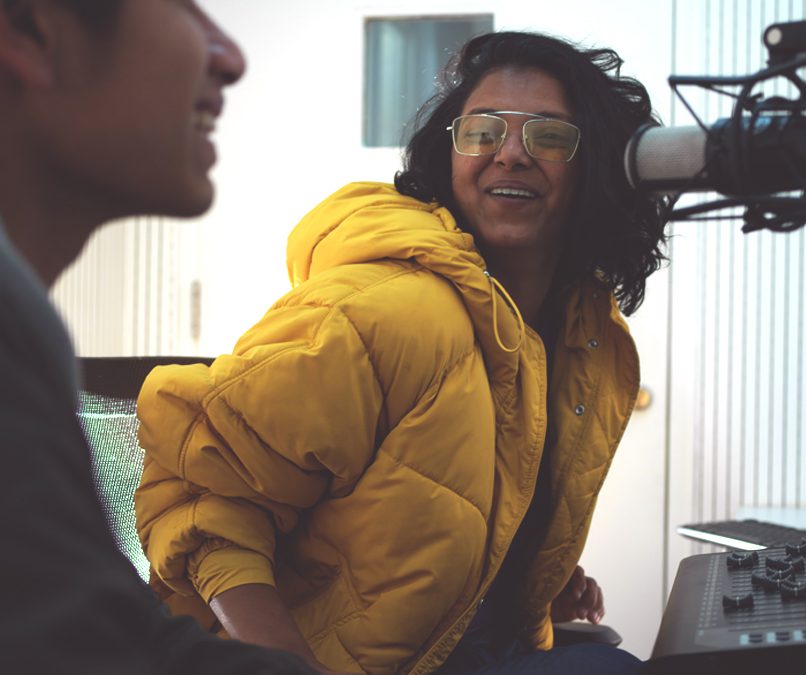The 19th and 20th centuries have witnessed important paradigm shifts in the way we expressed ourselves. Consider the rise in consumption of print media in the 1800s, radio in the 1920s, television in the 1950s. Then came the internet which connected the entire world, leading to an exchange of ideas and information at an exponential. Today, we’re fast approaching a kind of singularity of media as technology evolves at a breakneck pace. But it seems there is a lack of understanding the contemporary media landscape as it exists. It is a lot more than a study of how technology enables communication and expression.
We are witnessing changes in technology at an unprecedented pace. The quickened creation, curation and consumption of media makes it difficult to maintain a pulse on its cultural impact. Why is that? The main reason for this is the advent of smartphones and social media. While a smartphone makes everyone of us a potential creator, social media makes us all consumers.
Every time a new media technology comes to the fore, it inspires different uses, responses, and perspectives from across communities. Today, we create new content, as well as remix and repurpose what’s already out there. Tech transforms how we express ourselves. It has now become fully integrated into our everyday social interactions. It helps us isolate ourselves, but also reach a larger, more selective audience, and forge greater connections. It’s come to the point where we the layer of media that surrounds us is almost invisible – conspicuous only by its absence.
So what does this mean for those who endeavour to teach, learn, or make careers in contemporary media? “Teaching the skills required to produce content is more crucial than ever”, says Sonia Livingstone, former head of the Department of Media and Communications at the London School of Economics. Granted, a focus on emerging technologies is always going to be a crucial factor in the evolution of contemporary media, but there is also a need to understand how cultures are being shaped today. We must reflect not only on how to create better, but what we create and gain a better understanding on a conceptual level.
Together with technology, we must also learn about the nature of our relationship with the media today. Understanding this forms the core of developing the pedagogy that will cultivate the skills needed for a successful and meaningful career in the field of media. Pearl Academy’s School of Contemporary Media takes this two-pronged approach to not just teaching students, but also providing them an experience of the what, why and how behind creating meaningful content. It is our strong belief that our transition to the future will need to be aided by creative expression through technology, delivered via the many and varied channels available to us, as we explore the new and revisit and redefine the old.











